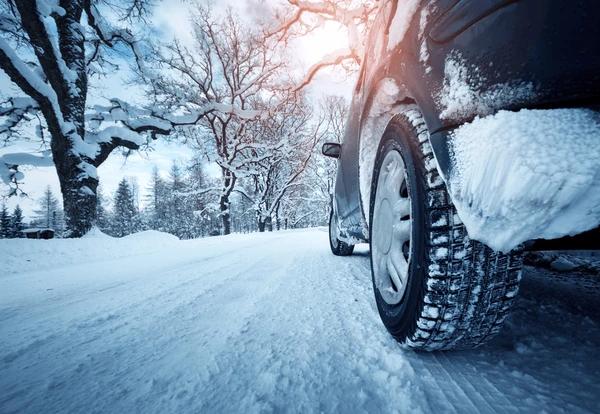![]() Monday – Thursday 7.30 am – 5.00 pm Friday 7.30 am to 4.00 pm
Monday – Thursday 7.30 am – 5.00 pm Friday 7.30 am to 4.00 pm
As the crisp chill of winter approaches, it’s time to prepare your trusty vehicle for the challenges that colder months bring. Winter driving can be demanding, with icy roads, snow-covered streets, and freezing temperatures. To ensure your safety and the optimal performance of your car during this season, it’s crucial to take the necessary steps to winterize your vehicle. In this guide, we’ll explore the top 10 tips for winterizing your car, offering practical advice and essential maintenance tips for the average consumer.
Antifreeze, also known as coolant, is essential for preventing your engine from freezing in cold temperatures. Before winter sets in, check the level of antifreeze in your radiator and top it up if necessary. It’s also a good idea to have your coolant mixture tested to ensure it’s suitable for colder temperatures. A proper coolant mixture helps prevent engine overheating in winter and protects your engine block from freezing.
Your tires are your vehicle’s connection to the road, making them crucial for safe winter driving. Check the tread depth of your tires to ensure they have enough grip on snowy and icy roads. If the tread depth is low, consider replacing your tires with winter or all-season tires designed for cold weather conditions. Additionally, check tire pressure regularly as colder temperatures can cause tire pressure to drop, affecting handling and fuel efficiency.

Cold weather can take a toll on your car’s battery, as it requires more power to start the engine in lower temperatures. Have your battery tested to ensure it’s in good condition and holding a charge. Clean the battery terminals and connections to prevent corrosion, and consider using a trickle charger if your vehicle will be parked for extended periods in the cold.
A functioning heater and defroster are essential for visibility and comfort during winter driving. Test your heater to ensure it’s producing warm air, and check that the defrosters are clearing your windshield effectively. Replace any worn-out or ineffective cabin air filters to improve air circulation and heating efficiency.
Clear visibility is crucial for safe winter driving, so replace worn or damaged wiper blades before the snow and ice arrive. Fill up your windshield washer fluid reservoir with a winter-grade solution that won’t freeze in cold temperatures. Keep an extra bottle of washer fluid in your trunk for emergencies.
Winter days are shorter, meaning you’ll likely be driving in darker conditions. Ensure all exterior lights, including headlights, taillights, brake lights, and turn signals, are working correctly. Clean off any snow or ice buildup from lights to maintain visibility to other drivers.
Winter weather can be unpredictable, so it’s wise to be prepared for unexpected situations. Create an emergency kit for your vehicle that includes items such as a blanket, gloves, hat, flashlight with extra batteries, non-perishable snacks, water, a first aid kit, and a small shovel. These items can be invaluable if you find yourself stranded in cold conditions.
Salt and road debris from winter conditions can cause damage to your car’s exterior and undercarriage. Before winter arrives, give your vehicle a thorough wash and wax to protect the paint from salt corrosion. Consider applying an undercoating or rust inhibitor to vulnerable areas to prevent rust and corrosion.
During winter, it’s a good idea to keep your fuel tank at least half full at all times. This helps prevent moisture from forming in the fuel lines and keeps your engine running smoothly. Additionally, having a full tank of gas provides peace of mind in case you’re stranded and need to keep warm.
Lastly, don’t wait until the first snowfall to address any maintenance issues with your vehicle. Schedule a winter maintenance check-up with your mechanic to ensure everything is in proper working order. This includes checking brakes, belts, hoses, and fluid levels. Addressing any potential issues early can prevent breakdowns and costly repairs later on.
Winterizing your car is a proactive step towards safe and comfortable driving during the colder months. By following these top 10 tips, you can prepare your vehicle for winter conditions and reduce the risk of accidents or breakdowns. Remember, winter driving requires patience, caution, and preparedness. Stay safe on the roads, and enjoy the winter wonderland with confidence knowing your car is ready for whatever Mother Nature brings.

If you need an experienced and honest mechanic in Wollongong, make 1st Choice Mechanical Repairs your only choice.
Licence. No: MVRL31591



All rights reserved 1st Choice Mechanical Repairs Copyright 2023